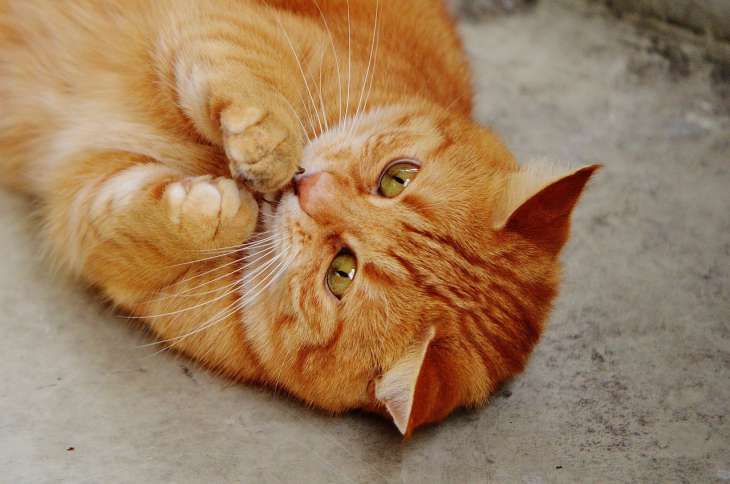Why Do Cats Purr: Decoding Feline Vocalization
Cats have a unique way of communicating through purring, a behavior they engage in throughout their lives.
Nevertheless, what exactly does a cat’s purr signify, and why do they do it? Let’s explore the fascinating world of feline purring.
The Multifaceted Purr
Contrary to popular belief, a cat’s purr isn’t solely an indicator of happiness.
Cats use purring to convey various emotional states, not just contentment.
Interestingly, there’s evidence suggesting that purring may even have healing properties.

Purring Across Species
All breeds of domestic cats purr, as do several wild cat species (such as bobcats, ocelots, and mountain lions).
However, big cats that roar (like lions, tigers, and jaguars) don’t purr.
Cheetahs, surprisingly, are the exception—they can both roar and purr.
Dr. Benjamin Hart from UC Davis School of Veterinary Medicine proposes that the lack of flexibility in the voice box prevents roaring big cats from purring.
Beyond Cats
Purring isn’t exclusive to cats alone.
Close relatives of cats, including genets, civets, and mongooses, also exhibit purring behavior.
Even animals like guinea pigs, raccoons, and hyenas can produce purring sounds.





